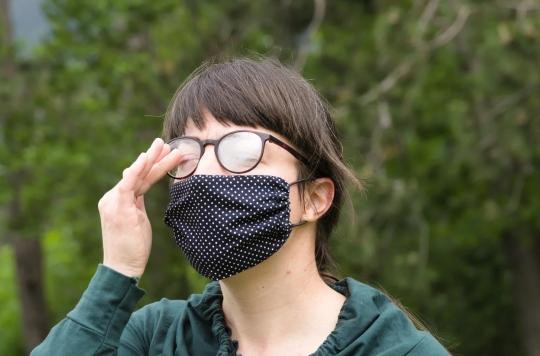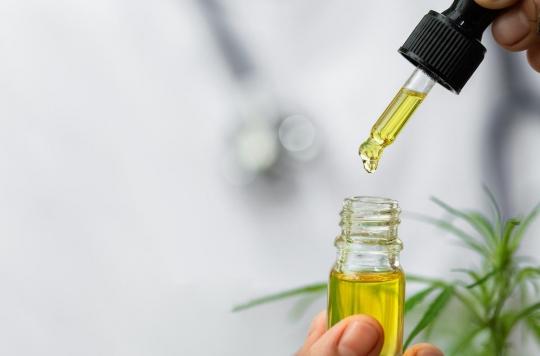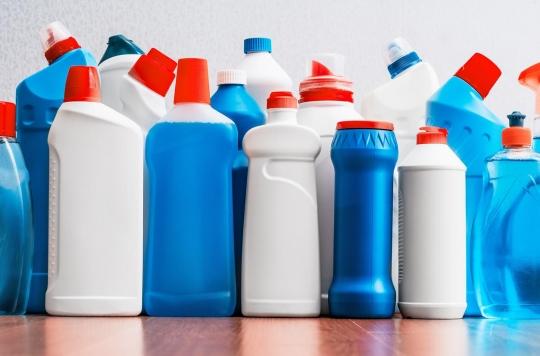The chemicals used in body products impact children from pregnancy, subsequently triggering much too early puberty.

A long study highlights that the chemicals present in common products (toothpaste, make-up, soap, shampoo, perfume, etc.) trigger precocious puberty in girls. We are talking here about phthalates, parabens and phenols.
Phthalates, parabens and phenols
Precocious puberty is defined by the development of the breasts before the age of eight, with menstruation appearing about two years later. “We wanted to know what the effects of exposure to these chemicals are during certain critical developmental periods, including before birth and during puberty,” says study director Kim Harley. “We know that some products enter the body, either because they pass through the skin, or because we breathe them in, or because we ingest them inadvertently,” he adds.
338 children residing in California (United States) were followed for twenty years from birth. The team measured the concentrations of phthalates, parabens and phenols in urine samples taken first from mothers during pregnancy and then from children. The results are instructive: 90% of the samples showed detectable concentrations of the three classes of chemicals.
Cases of precocious puberty on the rise
Each time the chemical concentrations doubled in the mother’s urine, the girls entered puberty about a month earlier. Girls who had high levels of parabens in their bodies at age 9 also went into puberty too early. However, this trend was not observed among boys.
For about thirty years (the treatment was born in 1985), the cases of precocious puberty are constantly increasing in the world, mainly among girls. In 1850, in France, the first rules occurred on average at the age of 16 years. Today, the slider has moved to 12.6 years. Numerous studies have shown a link between precocious puberty and type 2 diabetes, obesity, cardiovascular pathologies, mental illnesses, as well as breast or ovarian cancer. This condition also has the main consequence of short stature in adulthood.
.

















